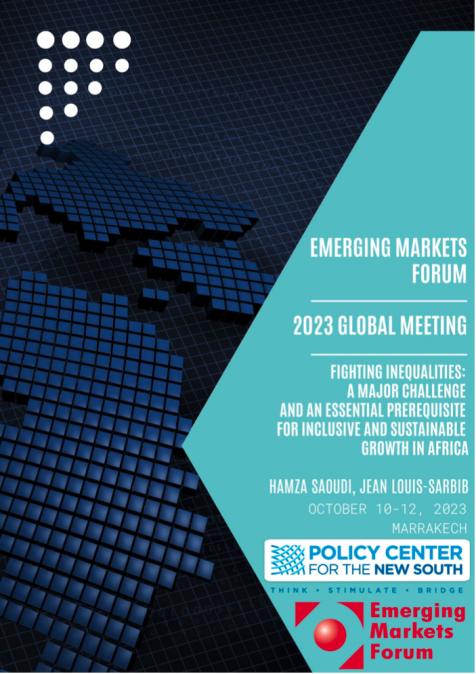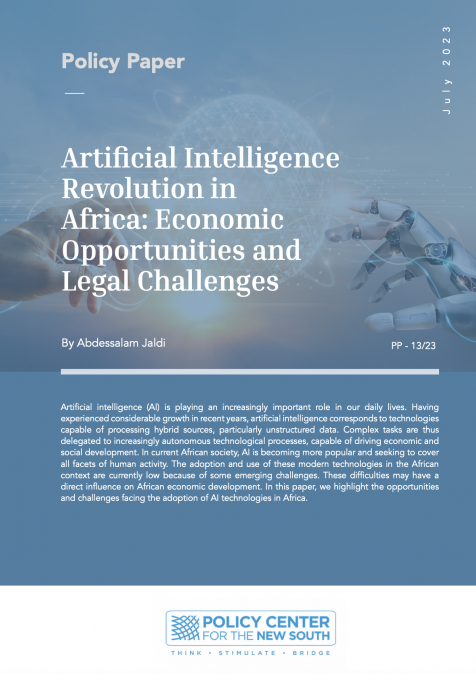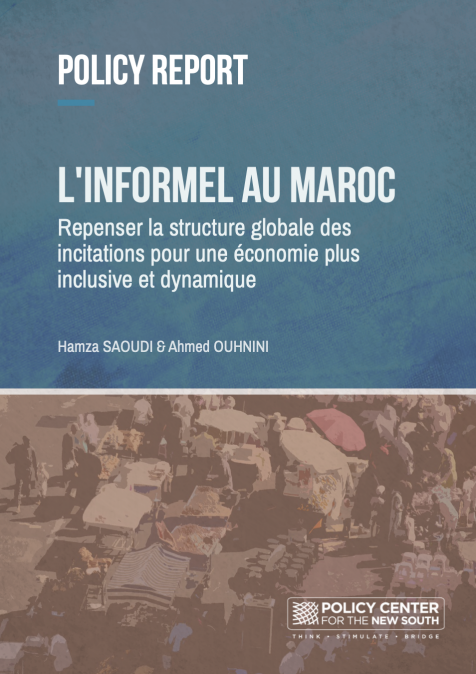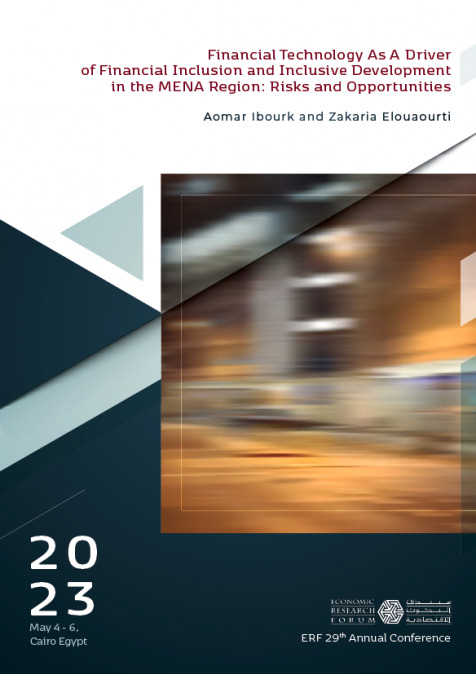RELATED CONTENT
-
Hamza Saoudi & Imane LahrichOctober 27, 2023Au cours de cet épisode, nous aborderons les aspects suivants : la définition de l'emploi informel, son importance dans l'économie marocaine, les raisons de sa prévalence, les implication ...
-
AuthorsJean Louis-SarbibOctober 18, 2023Addressing inequalities in all their forms has emerged as one of the major global challenges faced by numerous countries across the globe, particularly in Africa. In a context where Africa faces many pressing challenges that are the subject of much analysis (Sarbib et al. 2022), there is a clear gap in conducting comprehensive reviews focused on inequalities, partly due to the lack of available data. Inequalities, which are both consequences and partial causes of poor development o ...
-
-
September 22, 2023After decades of market-oriented free-trade policies supposed to efficiently allocate resources across industries in a way that reflects consumer preferences and technological possibilities, industrial policy is making a strong comeback. Such “Laisser-Faire” policies have undoubtedly ac...
-
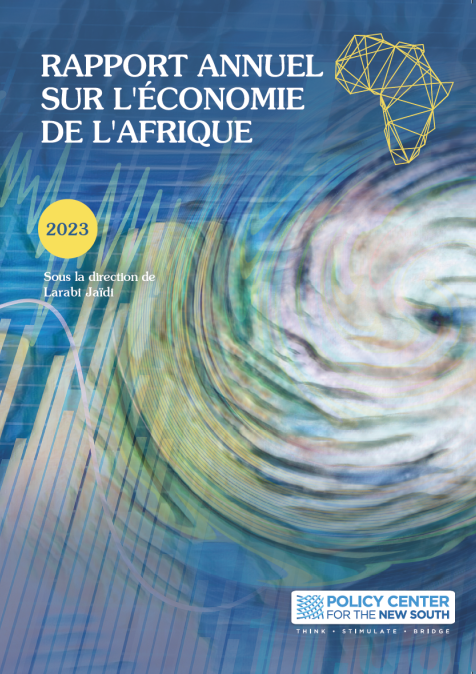 AuthorsSous la direction deSeptember 21, 2023Cette édition du Rapport économique de l’Afrique est construite autour d’une thématique d’une grande actualité : les conséquences des incertitudes et des risques aussi bien sanitaires que climatiques et sécuritaires sur les économies du continent. L’exercice est d’autant plus légitime que la recomposition de l’ordre mondial questionne la place du continent à l’échelle planétaire, sur les plans économique, social et environnemental. L’économie mondiale est confrontée à des défis glo ...
AuthorsSous la direction deSeptember 21, 2023Cette édition du Rapport économique de l’Afrique est construite autour d’une thématique d’une grande actualité : les conséquences des incertitudes et des risques aussi bien sanitaires que climatiques et sécuritaires sur les économies du continent. L’exercice est d’autant plus légitime que la recomposition de l’ordre mondial questionne la place du continent à l’échelle planétaire, sur les plans économique, social et environnemental. L’économie mondiale est confrontée à des défis glo ... -
August 28, 2023Le secteur informel joue un rôle crucial dans le développement économique et social du Maroc en tant que filet de sécurité pour de nombreux travailleurs. Cependant, sa concentration dans de petites entreprises qui manquent de moyens de production sophistiqués peut entraver la croissance...
-
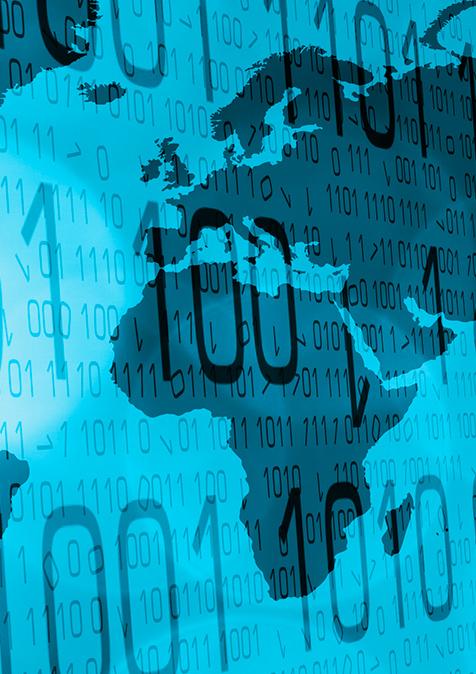 AuthorsAugust 17, 2023Défis et opportunités économiques en Afrique : Renforcer la stabilité financière pour un développement durable L’Afrique est un continent qui connaît de nombreux défis économiques et sociaux, mais aussi de grandes opportunités de développement. Pour réaliser son potentiel, le continent a besoin de renforcer sa stabilité financière, c’est-à-dire sa capacité à faire face aux chocs internes et externes qui peuvent affecter sa croissance et son développement. (Figure 1) La stabilité f ...
AuthorsAugust 17, 2023Défis et opportunités économiques en Afrique : Renforcer la stabilité financière pour un développement durable L’Afrique est un continent qui connaît de nombreux défis économiques et sociaux, mais aussi de grandes opportunités de développement. Pour réaliser son potentiel, le continent a besoin de renforcer sa stabilité financière, c’est-à-dire sa capacité à faire face aux chocs internes et externes qui peuvent affecter sa croissance et son développement. (Figure 1) La stabilité f ... -
AuthorsJuly 20, 2023Artificial intelligence (AI) is playing an increasingly important role in our daily lives. Having experienced considerable growth in recent years, artificial intelligence corresponds to technologies capable of processing hybrid sources, particularly unstructured data. Complex tasks are thus delegated to increasingly autonomous technological processes, capable of driving economic and social development. In current African society, AI is becoming more popular and seeking to cover all ...
-
AuthorsJuly 18, 2023Le secteur informel est une composante essentielle de l'économie marocaine, employant une large partie de la population, mais nuisant à la productivité, aux recettes fiscales de l’État et à la croissance économique à long terme. Sur la base de la définition adoptée dans cette étude et qui définit les travailleurs informels comme étant ceux qui ne sont pas couverts par les régimes contributifs de sécurité sociale de la Caisse nationale de sécurité sociale (CNSS) et d ...
-
AuthorsZakaria ElouaourtiJuly 1, 2023This paper was originally published on erf.org.eg The digital divide in the financial sector has occurred through the development of financial technologies. These latest “FinTech” refers to technological innovations that have emerged in the financial system in recent years, which are the new channels for providing financial services. These innovations have disrupted traditional financing models by making financial transactions more secure and by reducing spatiotemporal ...


